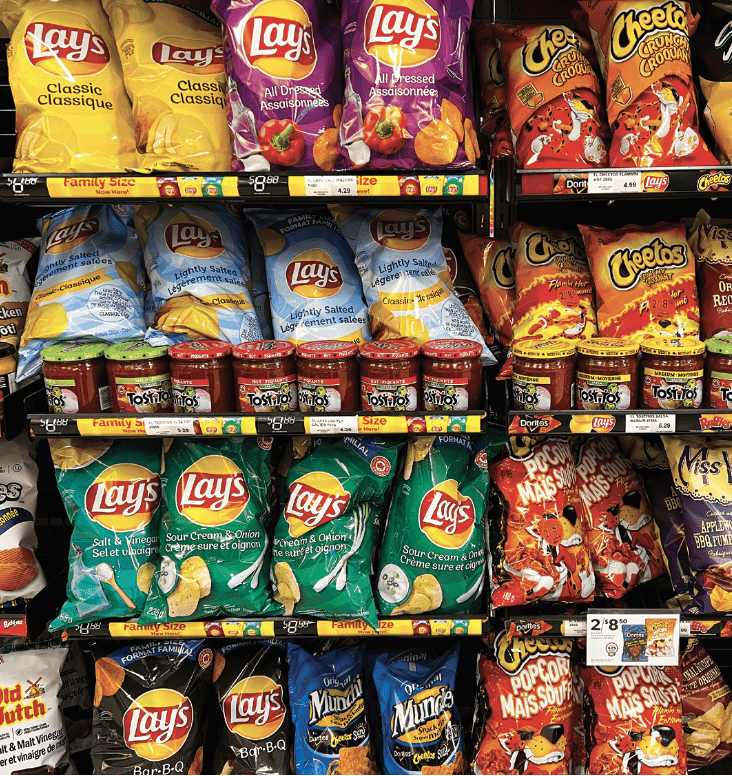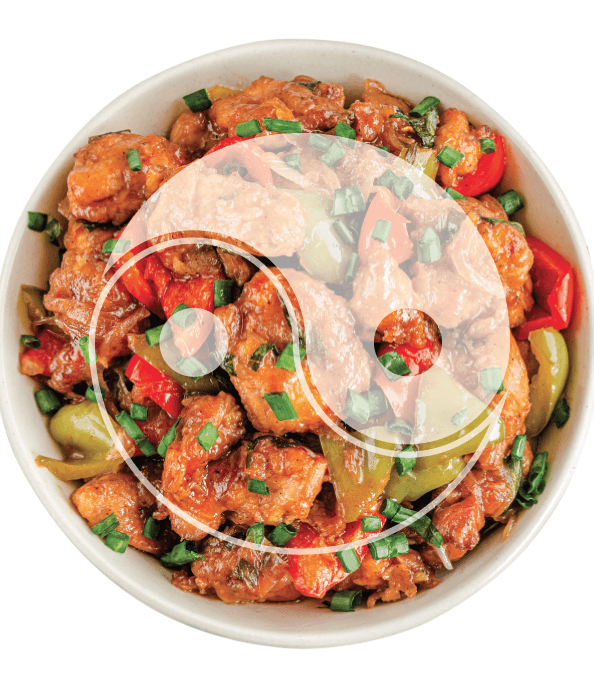Hunger Games
Alternating rounds of starvation and gluttony won’t bring desired results
So what’s the best way to diet in 2020? How about long stretches of extreme hunger followed by face-stuffing food comas that last a few short hours? It’s known as intermittent fasting (IF).
IF has been christened the holy grail of fat loss and hailed as the very essence of health, wellness, fitness and nutrition on the internet at large and social media specifically. Want to get skinny? IF is the answer. Want to get ripped? IF is the solution. Want to get abs? IF will produce them, by Friday—Saturday morning at the latest.
That all sounds amazing, so what’s the problem? Uh, there are a lot of problems. Leaving nuance on the shelf for a moment, IF is defined as a strategy where a dieter fasts for 16-18 hours and feeds for the other 6-8 hours. Proponents say the fasting/feeding protocol itself burns fat and limits fat storage. Caloric contents, energy equations, laws of thermodynamics? Pure garbage. Toss them in the trash as unnecessary nuisances in the IF universe.
During the fasting window, food—and its absence—become the focus. It starts with an annoying twinge of hunger followed by saliva production ramped up to peak levels. It closes with full-fledged hunger.

The feeding window brings some relief, but food—and its glorious availability—remain the focus. A race against the clock ensues as faces are filled and stomachs are stuffed with such an onslaught of macronutrients that the dieter doesn’t even have time to process all the deliciousness.
IF aside, the typical dieter is super strict on Monday, and the wheels rattle on through the week only to be capped with a 48-hour blowout on the weekend. IF perpetuates and even celebrates the starve-binge cycle that plagues many, many fat-loss enthusiasts. Also, some people think eating on IF gives them license to throw caution to the wind and eat as much as they want. If weight loss is your goal, you need to still be mindful of how many calories you are ingesting.
Now, fat loss aside, IF has been shown to improve insulin sensitivity and activate autophagy, which its biggest fanboys claim could be its greatest health benefit. And that’s true. IF does improve insulin sensitivity during the fasting window.
But factor in the caloric circus that rolls into town once the feeding window is open for business, and the sky-high blood sugar levels associated with its arrival. The net result is as it should be—no improvement or deterioration of insulin sensitivity absent a closer look at net calories.
To be fair, a quick glance at Wikipedia confirms IF’s claim to activate autophagy. Still, a deeper look at the credible sources on Reddit forums reminds internet researchers that caloric deficits alone—irrespective of fasting/feeding protocols—also produce autophagy.
So, using IF to cut body fat or improve health would be like saving up to fund a trading account by practicing stringent frugality 65% of the time. It’s like eating PB&J sandwiches and keeping the lights off during peak hours to keep day-to-day costs to an absolute minimum, followed by repeatedly charging carry-out to the credit cards and buying all the Marvel movies on Amazon Prime to prepare for the next spending drought.
Whether the account is ever funded has less to do with extreme thrift and more to do with the surplus that’s left over when the dust settles. No one earns a gold star for driving spending into starvation mode, only to follow it with a binge. The driving force behind any successful effort to save is the end result itself.
So, it’s clear: IF isn’t magic for fat loss. Caloric deficits and sensible budgets are the sources of any mojo, but only if simple addition and subtraction qualify as wizardry and witchcraft.
Jim Schultz, Ph.D., a derivatives trader, fitness expert, owner of livefcubed.com and the daily host of From Theory to Practice on the tastytrade network, was named North American Natural Bodybuilding Federation’s 2017 Novice Bodybuilding Champion.
@jschultzf3



















